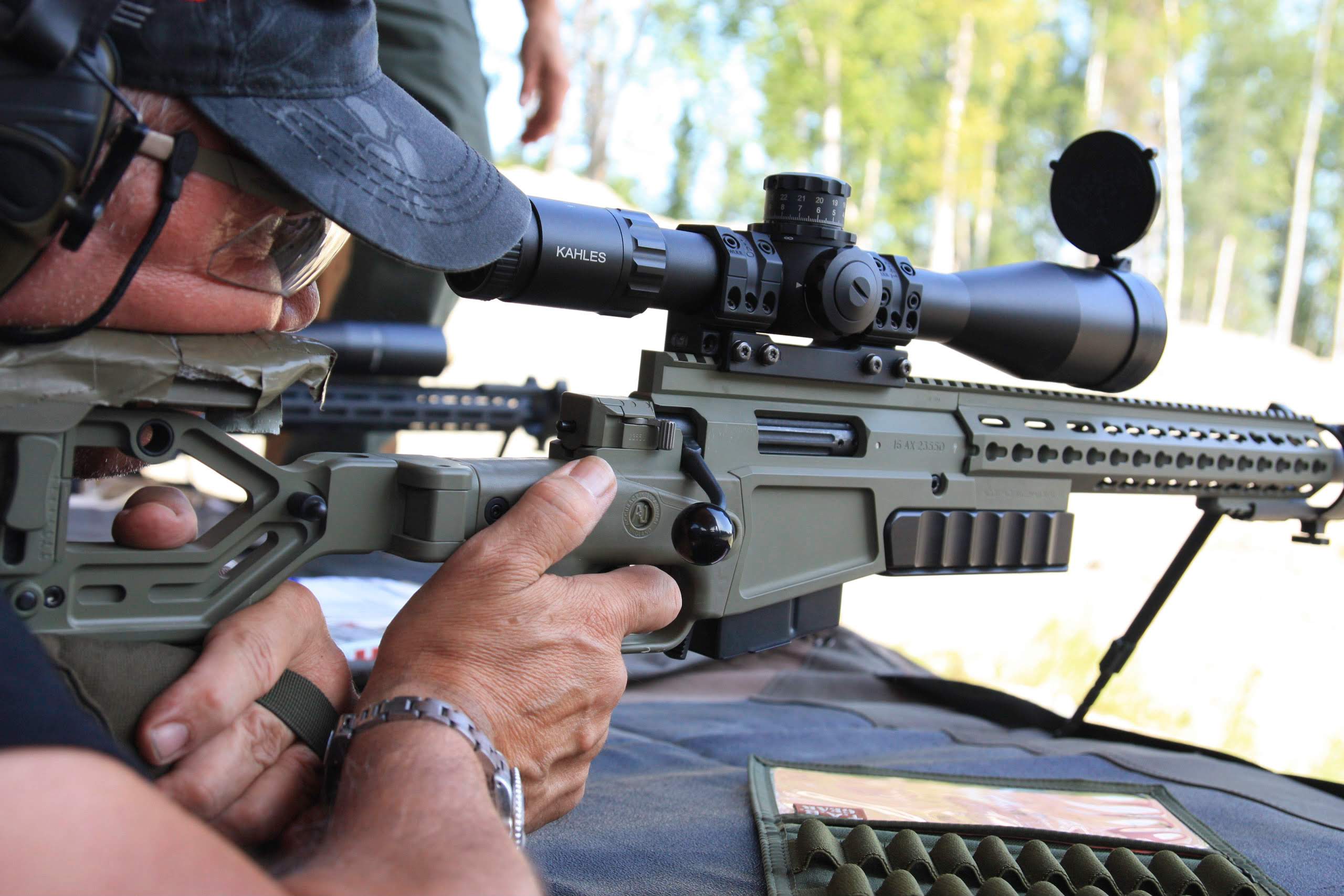I'm planning on getting into long range shooting and I'm also interested in shooting some of the higher recoiling calibers such as 7mm RM and .338 Lapua, but since I'm going to be shooting alone it's very vital for me to know where my bullet hit, otherwise there's no way for me to properly practice.
Since it's also important to me that I can carry such rifles, they won't be weighing a fuck ton. So I wanted to ask here if it's possible in any way to go around this problem? I'm not expecting a magical easy simple solution to this, all I really want to know if it's even realistically achievable to have have a high caliber rifle that you can carry around for longer periods of time but also manage to spot your own shots when shooting such rifles at a longer distance.
Any insight is appreciated, thank you.
Since it's also important to me that I can carry such rifles, they won't be weighing a fuck ton. So I wanted to ask here if it's possible in any way to go around this problem? I'm not expecting a magical easy simple solution to this, all I really want to know if it's even realistically achievable to have have a high caliber rifle that you can carry around for longer periods of time but also manage to spot your own shots when shooting such rifles at a longer distance.
Any insight is appreciated, thank you.


